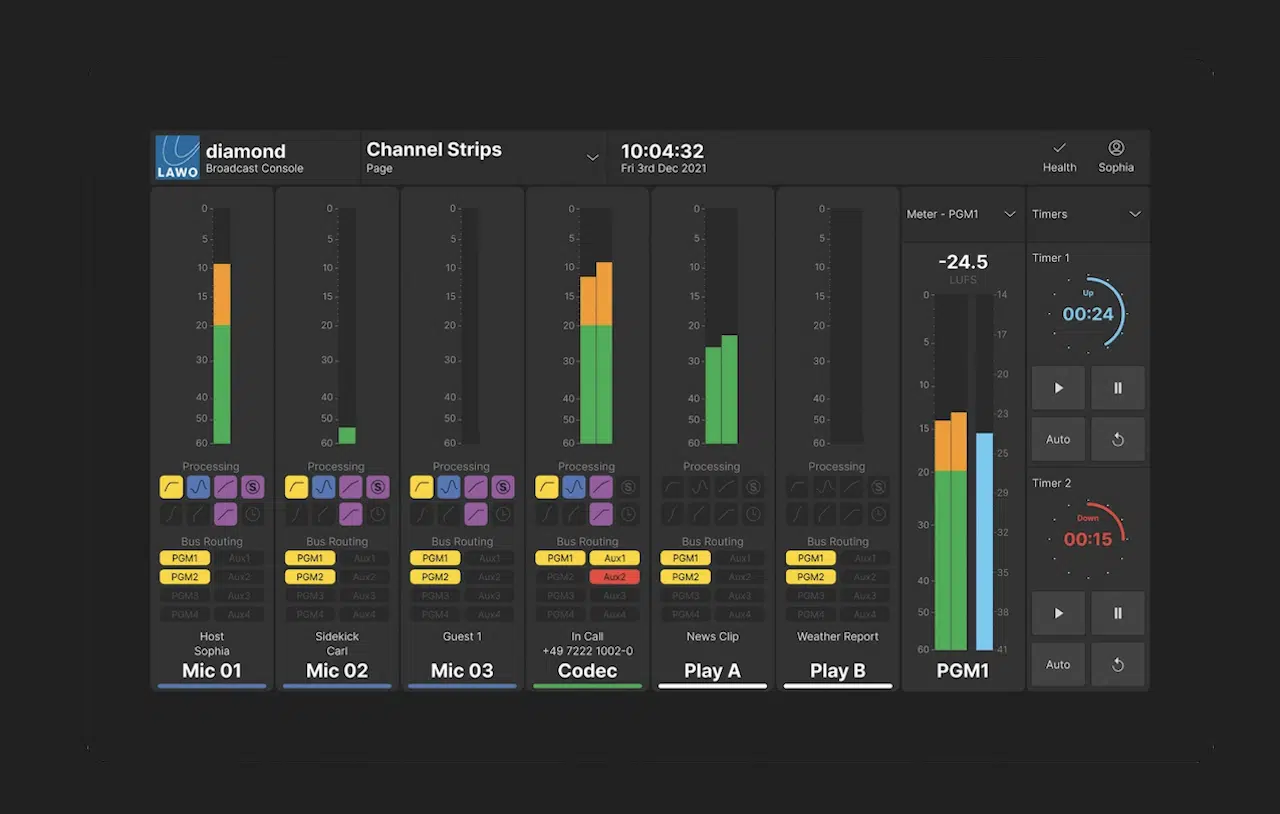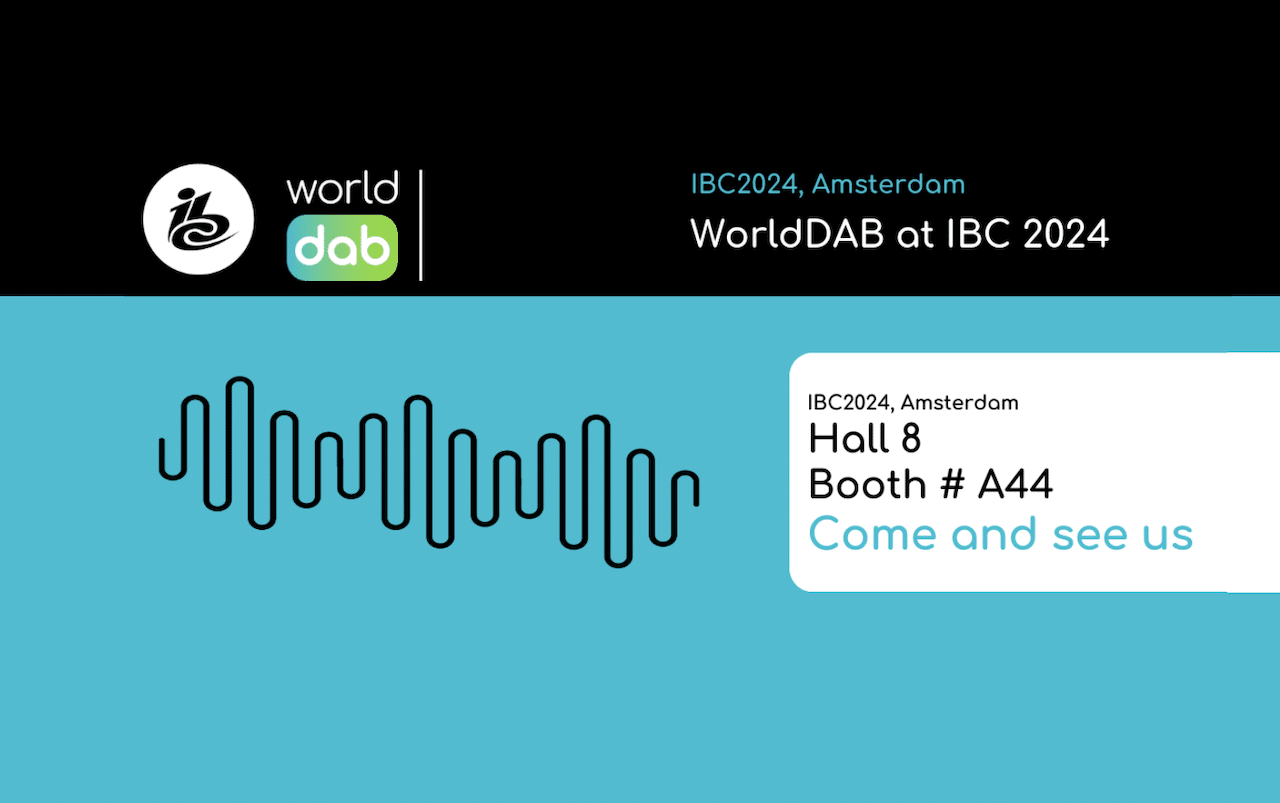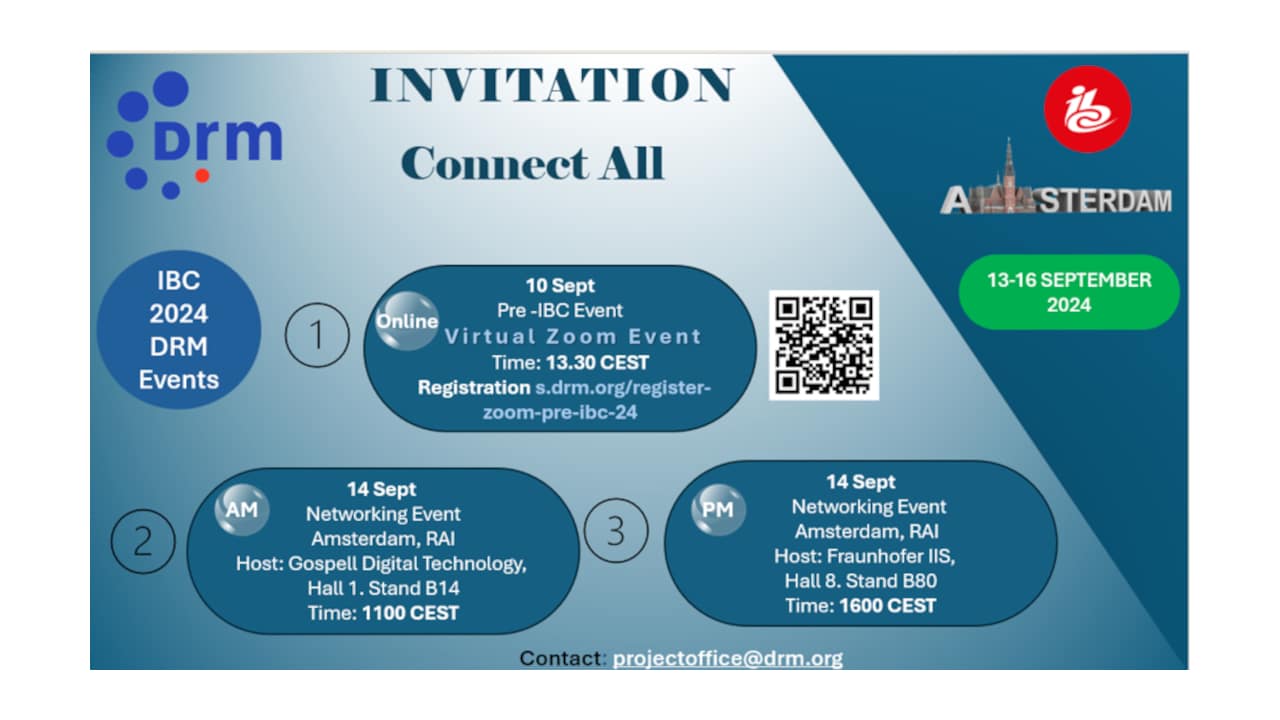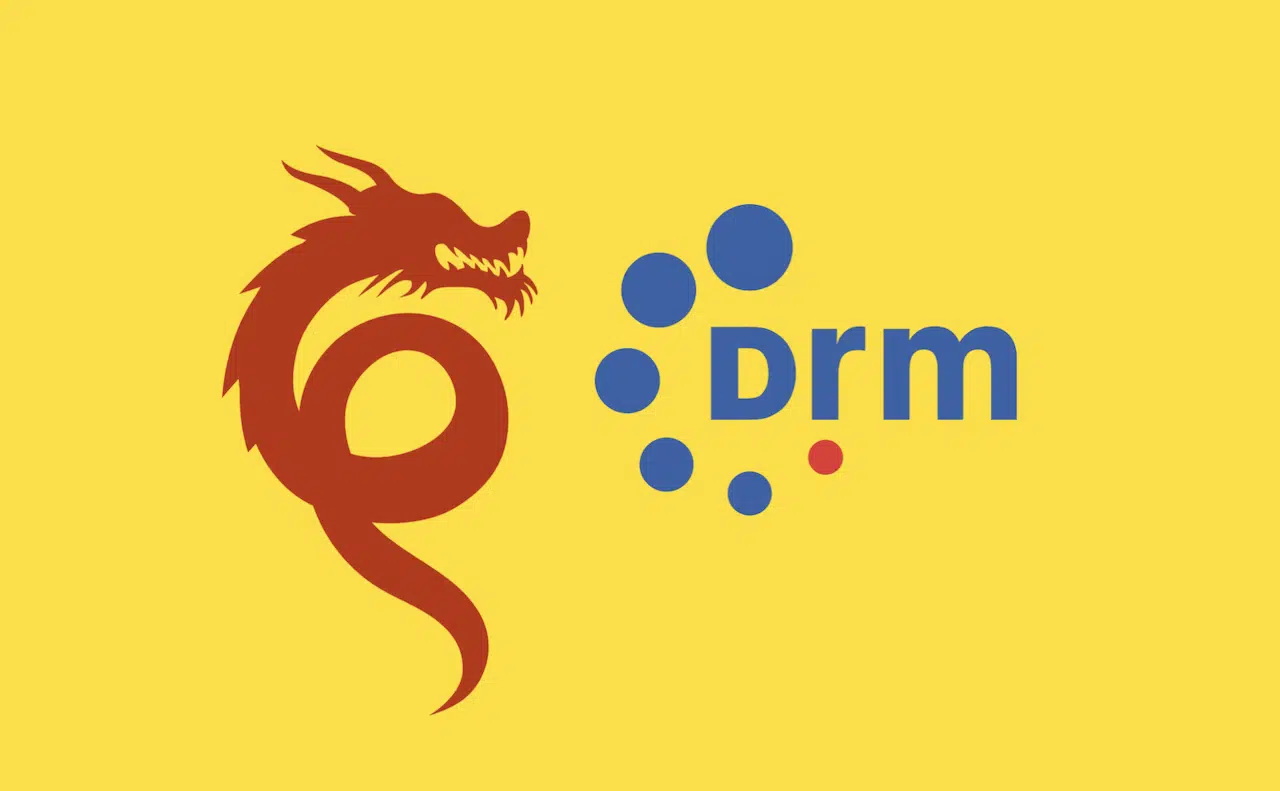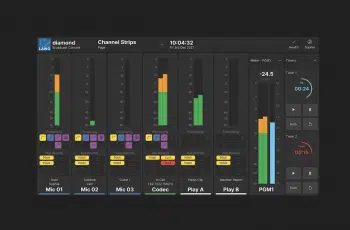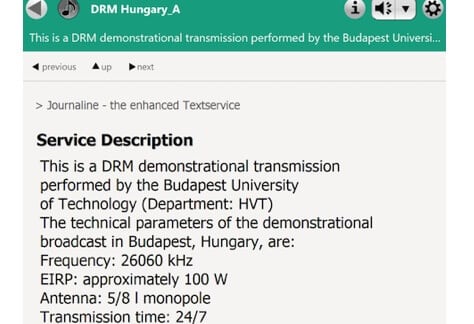
On the occasion of the 95th anniversary of radio broadcasting in Hungary, the Budapest University of Technology relaunched Digital Radio Mondiale shortwave transmissions on Dec. 1. According to DRM, the prime objective of the trial is to demonstrate the technological capabilities and benefits of the digital radio standard.
 According to reports, the DRM shortwave transmissions in the nation’s capital improved once the transmitter was moved to a more suitable, elevated site in Budapest (Janos Hill). They also made a technical upgrade with the installation of a new Fraunhofer DRM ContentServer.
According to reports, the DRM shortwave transmissions in the nation’s capital improved once the transmitter was moved to a more suitable, elevated site in Budapest (Janos Hill). They also made a technical upgrade with the installation of a new Fraunhofer DRM ContentServer.
DRM explains that the audio quality of the transmissions is now very good, also thanks to use of the xHE-AAC audio codec. In addition to audio, the programs offer Journaline text information. This data can appear on radio screens as text in various languages, if needed. It also features graphics and pictures.

The shortwave transmissions are on 26.06 MHz, and use 50 W of power, with the plan of upgrading to 100 W.
The project’s contributing parters include Fraunhofer Institute, Maria Radio, Nagyfrekvencia Kft, Magyar Tekekom and Szomel Kft.



